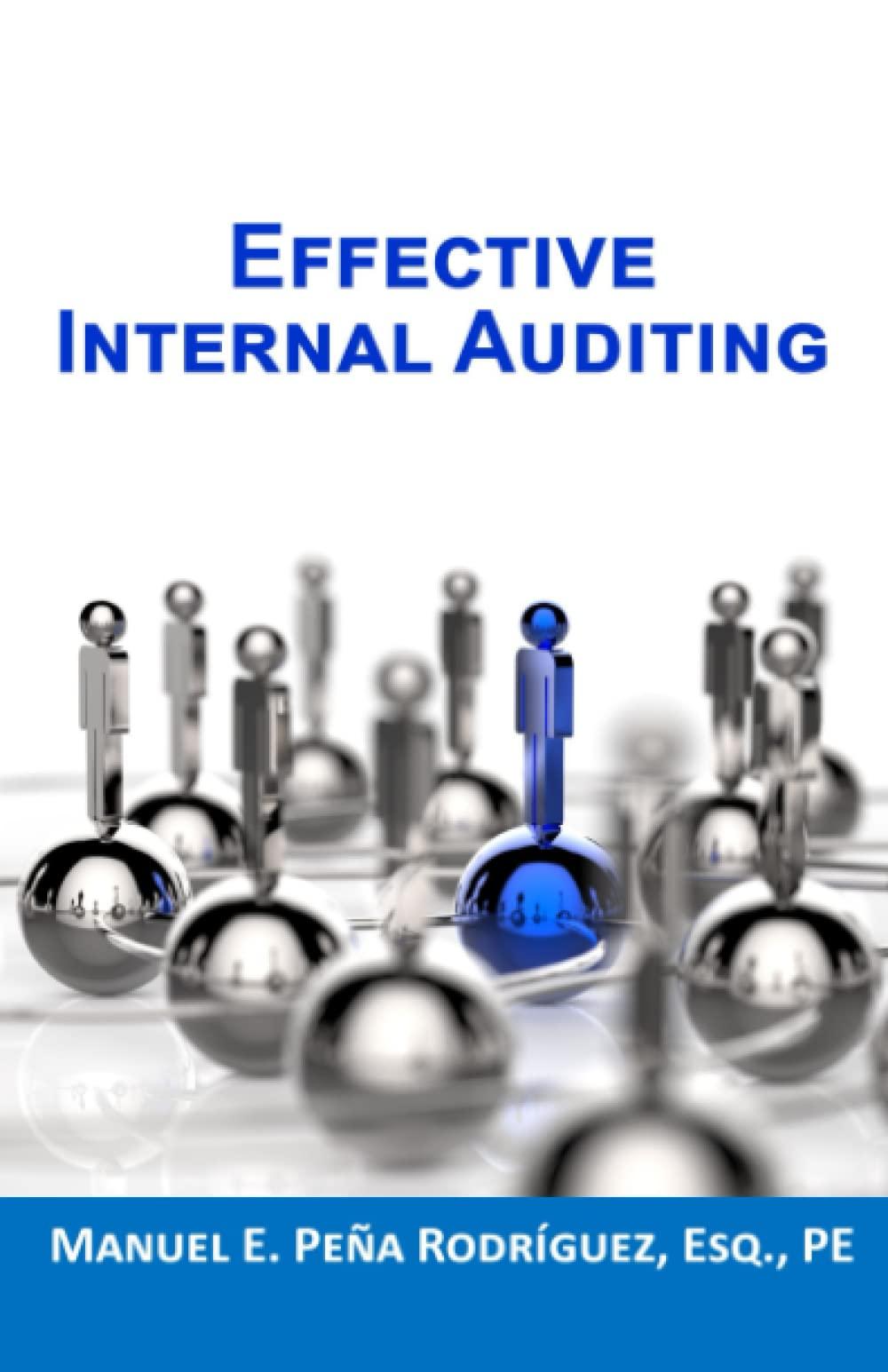Question
1 Forecasting with the Parsimonious Method and Estimating Share Value Using the DCF Model Following are the income statement and balance sheet for Cisco Systems
1 Forecasting with the Parsimonious Method and Estimating Share Value Using the DCF Model Following are the income statement and balance sheet for Cisco Systems for the year ended July 30, 2016. Cisco Systems Inc. Consolidated Statements of Income Years Ended December ($ millions) July 30, 2016 July 25, 2015 Revenue Product $37,254 $37,750 Service 11,993 11,411 Total revenue 49,247 49,161 Cost of sales Product 14,161 15,377 Service 4,126 4,103 Total cost of sales 18,287 19,480 Gross margin 30,960 29,681 Operating expenses Research and development 6,296 6,207 Sales and marketing 9,619 9,821 General and administrative 1,814 2,040 Amortization of purchased intangible assets 303 359 Restructuring and other charges 268 484 Total operating expenses 18,300 18,911 Operating income 12,660 10,770 Interest income 1,005 769 Interest expense (676) (566) Other income (loss), net (69) 228 Interest and other income (loss), net 260 431 Income before provision for income taxes 12,920 11,201 Provision for income taxes 2,181 2,220 Net income $10,739 $8,981 2 Cisco Systems Inc. Consolidated Balance Sheets In millions, except par value July 30, 2016 July 25, 2015 Assets Current assets Cash and cash equivalents $7,631 $6,877 Investments 58,125 53,539 Accounts receivable, net of allowance for doubtful accounts of $249 at July 30, 2016 and $302 at July 25, 2015 5,847 5,344 Inventories 1,217 1,627 Financing receivables, net 4,272 4,491 Other current assets 1,627 1,490 Total current assets 78,719 73,368 Property and equipment, net 3,506 3,332 Financing receivables, net 4,158 3,858 Goodwill 26,625 24,469 Purchased intangible assets, net 2,501 2,376 Deferred tax assets 4,299 4,454 Other assets 1,844 1,516 Total assets $121,652 $113,373 Liabilities Current liabilities Short-term debt $4,160 $3,897 Accounts payable 1,056 1,104 Income taxes payable 517 62 Accrued compensation 2,951 3,049 Deferred revenue 10,155 9,824 Other current liabilities 6,072 5,476 Total current liabilities 24,911 23,412 Long-term debt 24,483 21,457 Income taxes payable 925 1,876 Deferred revenue 6,317 5,359 Other long-term liabilities 1,431 1,562 Total liabilities 58,067 53,666 3 Cisco Systems Inc. Consolidated Balance Sheets In millions, except par value July 30, 2016 July 25, 2015 Cisco shareholders' equity Preferred stock, no par value: 5 shaes authorized; none issued and outstanding -- -- Common stock and additional paid-in capital, $0.001 par value: 20,000 shares authorized; 5,029 and 5,085 shares issued and outstanding at July 30, 2016 and July 25, 2015, respectively 44,516 43,592 Retained earnings 19,396 16,045 Accumulated other comprehensive income (loss) (326) 61 Total Cisco shareholders' equity 63,586 59,698 Noncontrolling interests (1) 9 Total equity 63,585 59,707 Total liabilities and equity $121,652 $113,373 Required (a) Compute net operating assets (NOA) for 2016. (b) Compute net operating profit after tax (NOPAT) for 2016, assuming a federal and state statutory tax rate of 37%. (Round your answer to the nearest whole number.) (c) Forecast Cisco's sales, NOPAT, and NOA for years 2017 through 2020 and the terminal period using the following assumptions: Sales growth 2017 1% Sales growth 2018-2020 2% Terminal growth 1% Net operating profit margin 2016 rate rounded to two decimal places Net operating asset turnover 2016 rate rounded to two decimal places 4 Assume a discount rate (WACC) of 10%, common shares outstanding of 5,029 million, and net nonoperating obligations (NNO) of $(37,113) million (NNO is negative which means that Cisco has net nonoperating investments). (d) Estimate the value of a share of Cisco common stock using the discounted cash flow (DCF) model as of July 30, 2016; (e) Estimate the value of a share of Cisco common stock using the residual operating income (ROPI) model as of July, 30, 2016. (f) Cisco stock closed at $31.47 on September 8, 2016, the date the Form 10-K was filed with the SEC. How does your DCF and ROPI valuation estimates compare with this closing price? What do you believe are some reasons for the difference? What investment decision is suggested from your results?
Step by Step Solution
There are 3 Steps involved in it
Step: 1

Get Instant Access to Expert-Tailored Solutions
See step-by-step solutions with expert insights and AI powered tools for academic success
Step: 2

Step: 3

Ace Your Homework with AI
Get the answers you need in no time with our AI-driven, step-by-step assistance
Get Started


